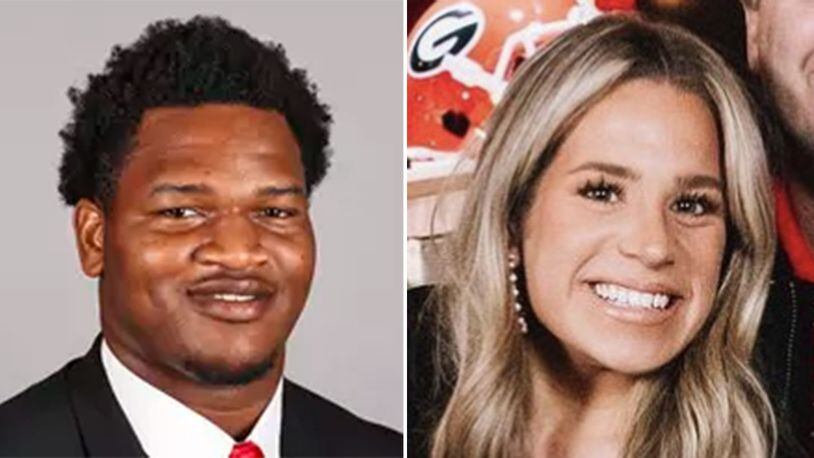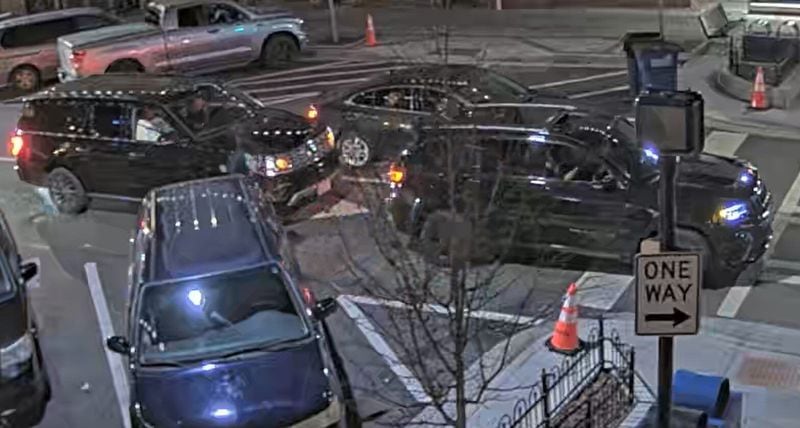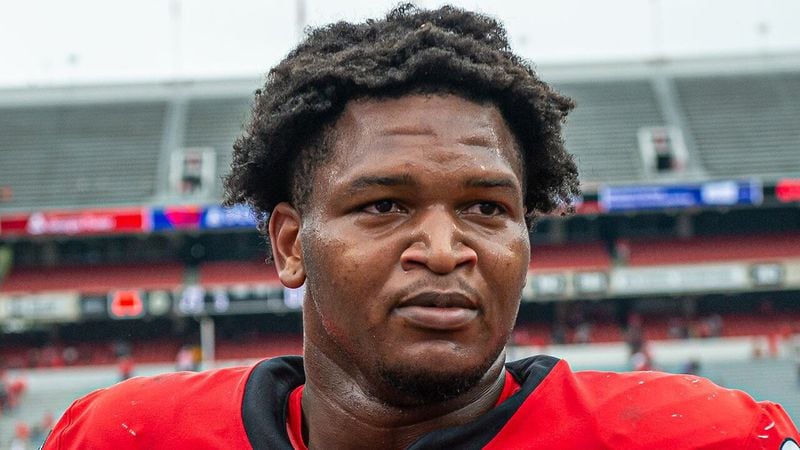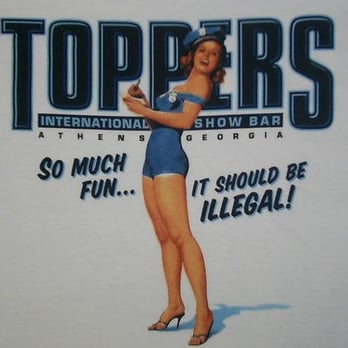Part 2 of the above article ---
Along the way, the police reports say, both cars drove “at unreasonable speeds … recklessly passing other vehicles several times.”
Barely half a mile from Toppers, the reports say, Carter drove in a center turn lane and into an oncoming lane to pass slower cars. LeCroy copied the maneuver.
As the cars passed a Dairy Queen another half a mile southeast on Oconee Street, Carter was driving 100 mph, according to calculations by police investigators. The speed limit there is 35.
Carter and LeCroy stopped briefly at a Waffle House on Oconee Street but decided to continue on to another location on Barnett Shoals Road. They immediately resumed the race, the police reports show.
Video footage and cell phone data show the cars racing side by side on Oconee, passing an interchange with the GA 10 expressway and turning south onto Barnett Shoals.
The last video that captured the cars showed them driving side by side as they passed a gas station on Barnett Shoals; police estimate LeCroy’s speed there at 99 mph. The speed limit is 40.
Her speed only increased over the next 3/10 of a mile to the crash site, a computer attached to the Expedition’s air bag system showed.
At five seconds before impact, she was driving 103.5 mph; at four seconds out, 104.2.
And when the Expedition came to a rest, after crashing through utility poles and trees and hitting an apartment building, the speedometer was stuck at 83.
The police reports depict a gruesome scene: LeCroy slumped over the steering wheel, apparently not breathing; Willock facedown on the ground, apparently ejected through the rear driver’s side door; Bowles seriously injured; McClendon walking around bleeding from a cut on his head.
An ambulance crew took LeCroy to a hospital, where she was pronounced dead. Willock was dead at the scene. A police officer covered his body with a pink sheet.
‘A straight answer’
When the Expedition crashed, Carter stopped his SUV and ran to check on the victims while his passenger called 911, according to his lawyer, Kim T. Stephens. Carter “was told” he could leave the scene, Stephens said. But Stephens didn’t know who cleared Carter’s departure, and nothing in the police reports suggests officers allowed him to leave.
“It was somebody who he knew to have authority,” Stephens told the Journal-Constitution. “I don’t know if it was directly from law enforcement.”
On the way home, Stephens said, Carter stopped for gas.
When police investigators arrived, they almost immediately began trying to determine how other players already on the scene had learned about the crash.
Among the first to be interviewed were Dumas-Johnson and his teammate Smael Mondon, who were accompanied by
Bryant Gantt, a football team official who often intercedes when players get into trouble with the law. The Journal-Constitution reported last month that the Athens police chief granted Gantt access to investigators less than half an hour after the crash, an arrangement that policing experts suggest could hamper a thorough inquiry.
Dumas-Johnson and Mondon at first claimed not to know the name of the person who called them after the crash, a report said. Later, though, they said it was Carter.
The police then asked Gantt to call Carter back to the scene. Carter arrived about an hour and a half after the crash.
Caption
At first, Carter said he heard the crash from an apartment complex nearly a mile away. Then he told an officer he was following the Expedition, close enough to see its headlights. At one point, he said he had driven alongside the other car.
“I tried to find out how close or far away from the vehicle he was,” the officer wrote, “but I never could get a straight answer.”
Officers documented scrapes on the roof of Carter’s car, which they said were consistent with hitting power lines that fell as the Expedition crashed.
“The scuff marks being on the roof of Jalen’s car indicated to me that he was almost right next to the other vehicle when it crashed,” an officer wrote.
Carter denied racing with the Expedition, and officers let him return home.
The police interviewed Carter again in February, this time by telephone. Carter acknowledged driving side by side with the Expedition on Barnett Shoals Road, in the area where LeCroy was estimated to be driving 99 mph.
“I was in the left lane,” Carter said. “I guess she was in the right lane. And that’s when … we started driving a little bit and the turn came up and that’s when I slowed down. Cause it was pretty dark on that road. I couldn’t see if it was an actual turn. So I slowed down to be safe. And then that’s when I seen her car come past my car.”
In a second telephone interview with Carter last month, the police learned he had a passenger at the time of the crash: a young woman he encountered after leaving Toppers. Carter said he couldn’t identify her by name but gave an officer her telephone number. The woman later said she’d ridden with Carter in the Trackhawk 10 to 20 times. She said she had been too intoxicated that night to know why the crash occurred.
Officers did not suspect Carter had been drinking, however, and did not perform a field sobriety test when they questioned him at the crash scene.
On March 1, the police obtained
warrants for Carter’s arrest on charges of reckless driving and street racing, both misdemeanors. At the time, Carter was in Indianapolis for the NFL scouting combine. He had been considered a top pick in next month’s draft, although his standing appears to have fallen since the criminal charges.
After his arrest, Carter
posted a statement on Twitter predicting he would be “fully exonerated of any criminal wrongdoing.” But last week, he pleaded no contest, and a judge sentenced him to 12 months probation, fined him $1,013 and ordered him to perform 50 hours of community service.
The police considered filing more serious charges, the reports show: vehicular homicide and serious injury by vehicle. The charges could have resulted in a prison sentence of three to 15 years.
“While traveling, both vehicles were operated at excessive speeds and reckless disregard for the safety of other roadway users, resulting in the collision and death of Chandler LeCroy and Devin Willock, as well as the serious injuries sustained by Victoria Bowles,” Officer James Trotter, the police department’s lead investigator, wrote in a report.
But prosecutors recommended charging Carter only with the misdemeanors because his car didn’t collide with the Expedition before and because LeCroy’s blood-alcohol concentration was so high.
“This ends the investigation,” Trotter wrote. “The case is closed.”




